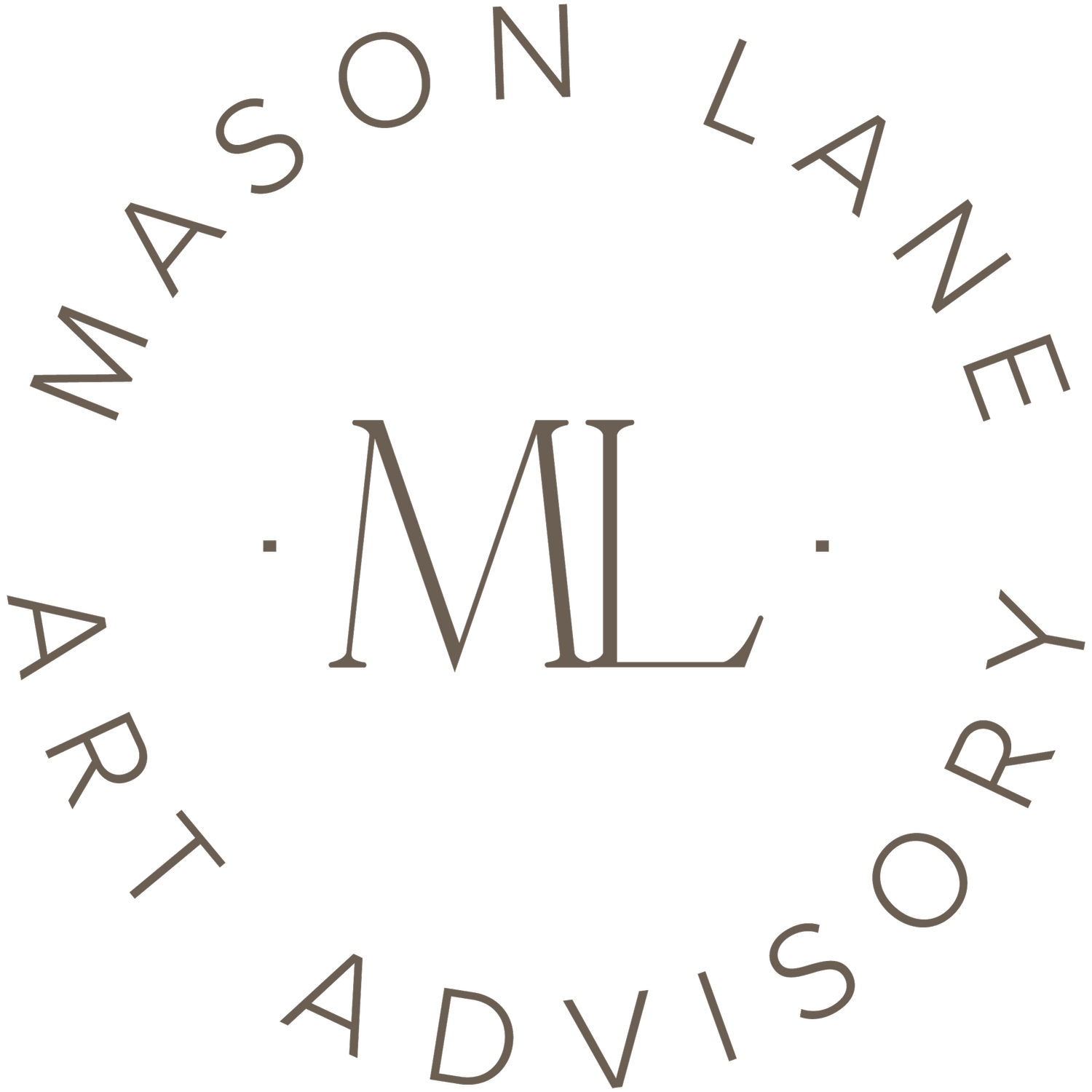Why Hasn't This Artwork Sold?
Often the art that we are introducing to our clients is not made within the past year. In many cases, it wasn’t made in the past 10+ years, and some is from the 1950s and 60s. The majority of this same work is also considered “primary market”, meaning it has never been sold before. Where then, has it been all this time? Does the fact that it hasn't ever been sold mean that something is wrong with it? Is it okay to buy such a piece?
The answer is nuanced, but importantly, art isn’t real estate. A painting that was created in 1984 and has never been sold is not necessarily inherently flawed or overpriced. Art is marketed differently from real estate and any other commodity (which is one reason why it isn’t as liquid); Many times, it is only selectively shown to prospective buyers in limited doses for reasons that certainly would not diminish its value, including:
An artist may choose to hold onto a particular work because it is personally significant or because of personal hesitations about public reception.
An artist may not have the skills or interest in actively selling his/her work, or he/she may not have an agent to do so.
A gallery representing an artist or the artist’s estate may choose to show and sell only a selection of the artist’s work at a time in an effort to create scarcity and strategically build the artist’s market over the years.
The artwork may have only been shown to the public in limited doses; not every piece is included in every exhibition, and exhibitions for that artist may only happen every few years.
The artwork may have been damaged and only recently conserved back to an acceptable condition for sale.
All that said, there are plenty of reasons why art hasn’t sold over a long period of time that would diminish the value, making it a less certain buy. These include:
The artwork is in poor condition
The artwork was damaged and later restored in a less-than-optimal way.
The piece is not considered appealing by prospective buyers after multiple attempts to sell. (People sometimes refer to this type of work as being “burned”, particularly if the failed sales happened at public auction.)
The piece is overpriced considering comparables
The piece is being sold through an unreliable source (for example, a gallery known for improper business practices).
When considering whether to acquire works created more than a few years ago and being sold on the primary market, assessing the points listed above is an important part of the diligence. Equally important is noting that works sold on the primary market have not changed ownership before, so the authenticity and condition questions that arise with secondary market pieces are generally moot. To be clear, this doesn’t make primary better than secondary, but understanding what the different markets and associated considerations should be is a key part of buying wisely.




